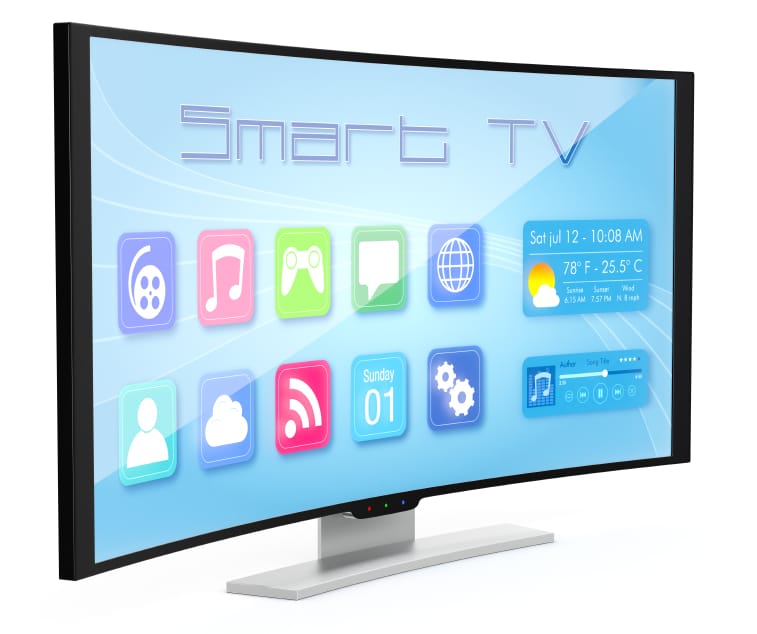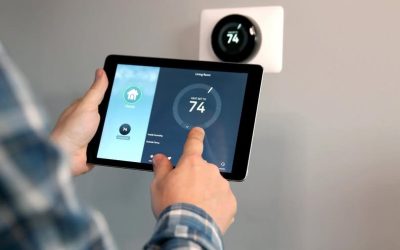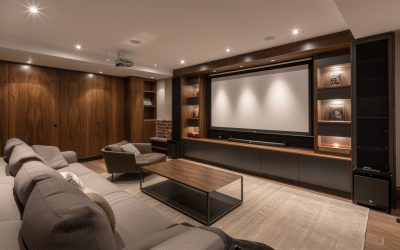Remember when the biggest decision when buying a TV was plasma or LCD?
If you haven’t been flat-screen shopping recently, you’re in for a shock, since neither is offered anyplace except eBay!
Today, Lifetronic Systems offers this handy TV primer to make TV buying a tad easier.
Size and sound
We advise our clients to buy the biggest TV their space will accommodate. If this is the main TV in the home, we suggest at least a 55-inch. And if sound is important, don’t rely on the TV’s built-in speakers. Get a sound bar or sound base.
And one more thing: when viewing a TV in a showroom, ask to have the TV switched to its movie, cinema or theater mode, which is going to make the colors in the picture look more realistic.
Smart TVs
The idea of a smart TV might not even be on your radar. But they need to be. In simplest terms, a smart TV is an all-in-one media center that supports an internet connection and online services such as Netflix, Amazon video, Pandora, Slacker – a list that could take up this whole blog post. It’s not unusual for these TVs to also include gesture control, voice search, online games, app control and universal search. If you subscribe to multiple services, and don’t want an additional box cluttering your room, a smart TV is the best option.
Additionally, if you want full web browsing, be sure the TV includes this. If it does not, you will have to open your laptop every time you want to look up something on a web browser.
3D
If you watch a lot of 3D movies, then you will want active 3D technology that delivers full resolution to each eye rather than passive 3D that cuts the resolution in half. If it is not important to you, choose either passive 3D or no 3D at all!
LED TVs
LEDs are an updated version of LCD TV, but instead of being illuminated by a florescent bulb from behind they are lighted by an array of light-emitting diodes. LEDs can be backlit with LEDs behind the screen, displaying brightness and darkness more effectively, or edge lit, which reflects light into the center of the monitor. It is the most popular TV on the market.
4K Ultra HD TV
4K Ultra HD TV offers a better quality, sharper picture – four times the resolution of 1080p HDTV, usually described as Full HD. 4K usually refers to a resolution that has 3,840 pixels along the horizontal line of the display and 2,160 pixels vertically. 4K works best on large screens.
OLED
Organic Light-Emitting Diode – OLED – uses organic material such as carbon to create light. Since they are lit up directly and not from an external backlight, the picture has high-color accuracy, wide-viewing angles and virtually blur-free quality. Just know that you will currently pay a high price for this technology.
Curved TVs
These unique screens help create an immersive viewing experience, making you feel as if you are watching TV in a movie theater on a screen that is actually larger than it is. The light coming from the screen is focused more directly at the viewer, which improves contrast. It can also make the picture sharper when watching the screen from an angle.
Apple TV
Apple TV is not a TV, but we had to include it in this primer since many people really have no idea what it is – and are too embarrassed to ask!
Apple TV is a palm-sized plastic box that connects to your TV by a cable, then connects to your home wireless network to bring Internet video to your TV. You do not need an iPhone to connect to Apple TV, although you do need an iTunes account. Currently, Apple TV offers more than 50 channels, including streaming services like Netflix, YouTube, HBO Go, Hulu and the news networks. You might not get all the content you would get if you are subscribing to cable; instead you receive only the content the provider makes available on the Web.
Still not sure what TV to buy? Lifetronic Systems can assess your space and help you decide on the TV that is best for you.




